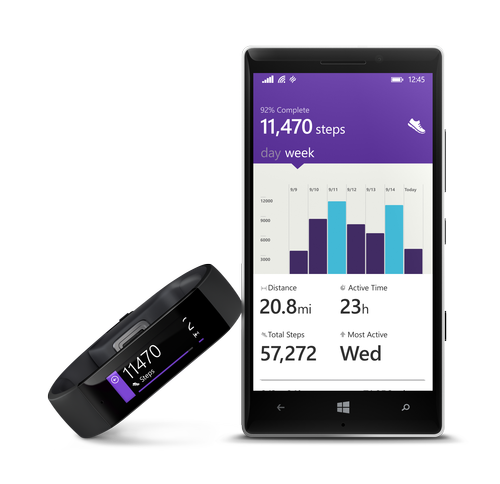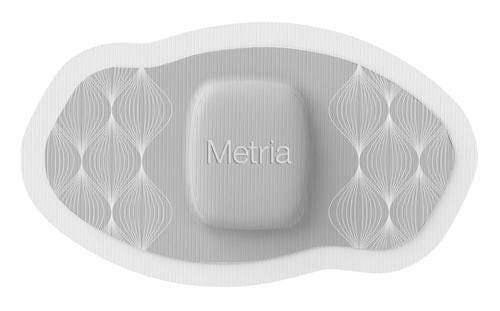February 9, 2015

In an increasingly connected world where almost every appliance imaginable is being connected, no market seems to be hotter than that of the wearables market.
From a few simple devices a short number of years ago the number and type of devices is growing at a pace expected to reach a value of $70 billion by 2024, according to a January 2014 IDTechX report. Products range from relatively simple accelerometers packaged in increasingly ornate packages to devices of near medical-grade electronics designed to gather vital signs and other parametric measurements.
In this world of rapidly expanding devices, here are a few simple design considerations to keep in mind when tackling a new development. While this discussion may make it appear that these elements are sequential, in reality they are all part of the whole and must be considered in a holistic fashion.
1.) Understanding User Needs
This discussion centers only on design considerations as opposed to the very real obstacles associated with legal, regulatory, and business issues which may confront the designer and are a necessary part of any project. As we focus on design, the first consideration is understanding the user and what the specific needs are as this drives identification of what will be measured. This drives the selection of sensor and sets the architecture for the remainder of the system, determining everything from data collection and processing circuitry to power consumption.
2.) Choosing the Best Sensor Location
The second item to consider is derived from the first and is the location of the sensors. While much of today's attention is focused on the tried and true wristwatch location, wearable devices can be worn all over the body and each location has a unique set of considerations to optimize for both form and function. Certain parameters may be only obtained from specific locations on the body, constraining the design to fit within those limits.

3.) Considering Form and Function
A third key attribute is form and function. In today's fast-paced consumer-oriented environment, sometimes what a product does or how well it performs a function isn't as important as how good it looks. If your customer won't wear a product, they won't receive its benefits -- nor will you. In a medical device this may be less important as there is a medical necessity that drives use of it, but even devices like insulin pumps have begun to take on a form factor familiar to those with popular smartphones. As wearable devices continue to become more mainstream, it will be important for the form to be as appealing as the technology.

4.) Displaying Data
Once the data is captured, it needs to be utilized. User interface considerations are important here. Displays need to be tailored to different audiences and interactions. An active user may want instant feedback on performance, while a medical device may have no display at all for immediate use, choosing instead to relay the information to a secondary instrument for subsequent storage and analysis.
Related articles on DesignNews.com
5.) Connectivity
An integral part of the device design process is the connectivity. Just as the display decisions impact the usability of the wearable, the communications technology contributes to a seamless and easy experience. The choices are varied depending upon the application, ranging from Bluetooth for short range connections, to smartphones to WiFi for facility-based devices, and cellular connectivity for roaming applications. The decisions made here are driven by the use case scenarios as well as the ultimate end application, with major implications for device size, battery power, and utility.
6.) Translating Data Into Action
A final consideration is the analysis that is to be performed to transform the raw data that is gathered into useful information and ultimately into action. Decisions made here center on where the processing of the data takes place, whether locally or remote, and who the ultimate end user will be. Fundamentally it becomes an issue of turning that collected data into value. While a wearer might be interested in all the details of his life as gathered by his wearable devices, his physician is not. Data analytics that transforms information into value will be a key to long-term adoption of wearable devices.
A number of additional factors must be considered as well in designing a wearable but hopefully this overview highlights some of the key elements. However, today much of the data gathered by the variety of wearable devices exists as islands of non-interoperable information of limited utility. The real challenge in realizing the use of wearables as part of the Internet of Things lies in linking these islands with information that can be correlated together in ways that provide new insight into ourselves and the world around us.
Bill Betten is hosting two guided trade show floor tours related to wearables at the Pacific Design & Manufacturing show.
William Betten, Vice President of Solutions Development, Logic PD, is responsible for business development activities associated with product definition, development, and production for the Medical Devices/Life Science business unit. Bill has led product development teams for various companies with medical product experience in pulse oximeters, physiological monitoring, hearing aids, telemedicine, perfusion systems, medical imaging, and PACS.
About the Author(s)
You May Also Like





